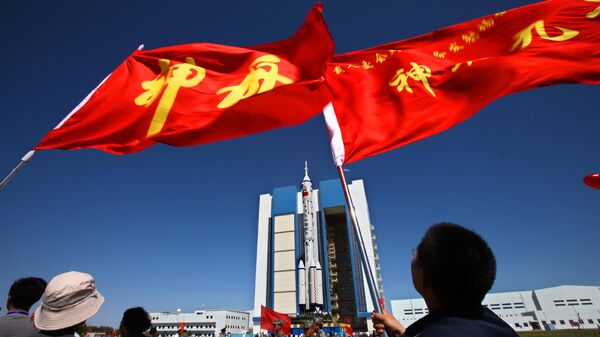The cabin has been dubbed the "Yuegong-1," Mandarin for "Lunar Palace." It is a 1,720 square foot facility, consisting of four tiny bed cubicles, a common room, a bathroom, a waste-treatment room and an animal husbandry room.
State broadcaster CCTV called Yuegong-1 the "world's most advanced closed-loop life support technology so far." The Lunar Palace is the Chinese answer to other closed ecological systems such as the Russian Academy of Sciences' BIOS-3 and the University of Arizona's infamous — and now-defunct — Biosphere 2.
The waste room will be used to treat the excretions from the students with a bio-fermentation process, the products of which will then be used as fertilizer for experimental crops and vegetables also grown in the facility. The facility successfully completed a 105-day test run in 2014.
"I will be in charge of the treatment of solid waste, urine, shredding straw, threshing wheat, processing food and other work," one of the students told CCTV. Other students would be in charge of growing crops, monitoring the health of the participants and keeping an inventory of supplies.
The students come from Beihang University, a state-run research university in Beijing that was instrumental in the development of the Shenzhou family of spacecraft. The group is composed of two men and two women, who will stay in the lab for 60 days. Another group of four will then relieve them for 200 days, at which point the original group will return for 105 days.
Although it is the world's second largest economy (or the largest, depending on what metric is being used), China lags behind other great powers in space exploration. They intend to change that with a slew of new programs, one of which is the Chang'e program, which intends to pave the way for a manned mission to the Moon, around 2025-2030.
For now, China remains far behind the leaders in space exploration, with most of their successes being goals accomplished by the US or the Soviet Union decades ago.
For instance, in April 2017 China launched the Tianzhou 1, their first cargo spacecraft, which successfully docked with the Tiangong-2 space laboratory. The Americans and Soviets both accomplished this milestone in the 1970s.




